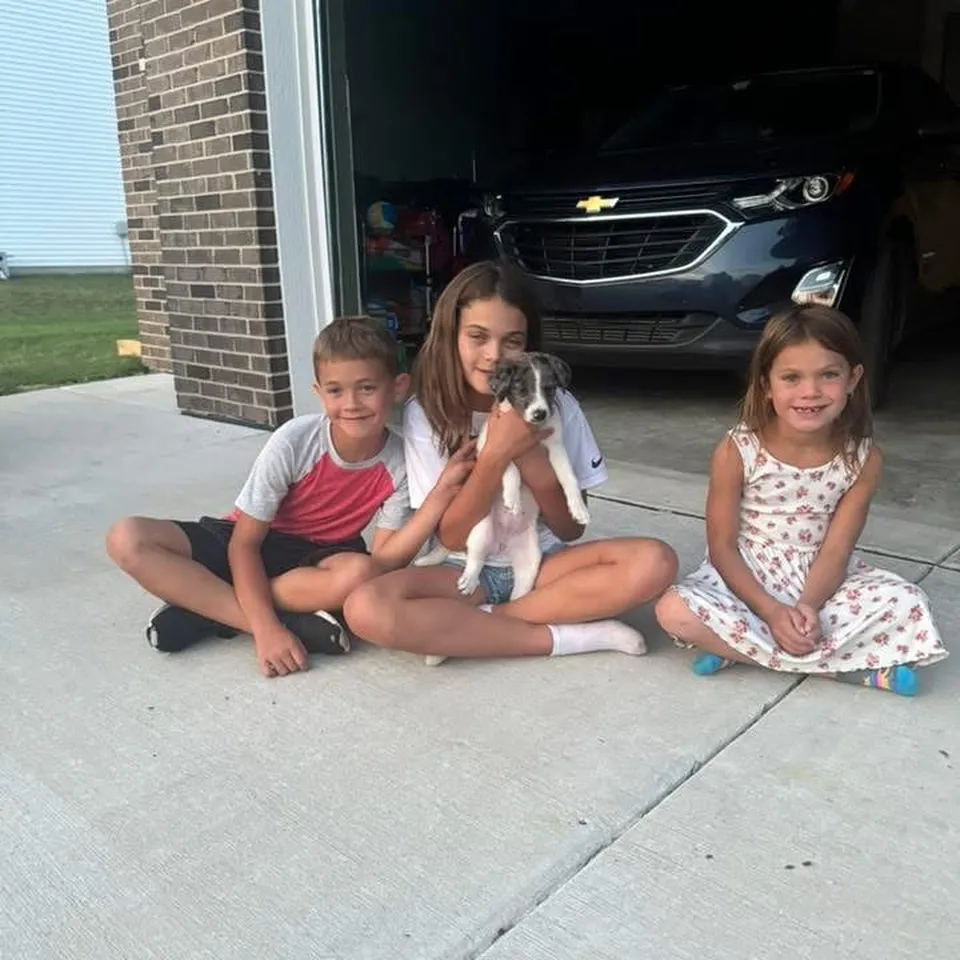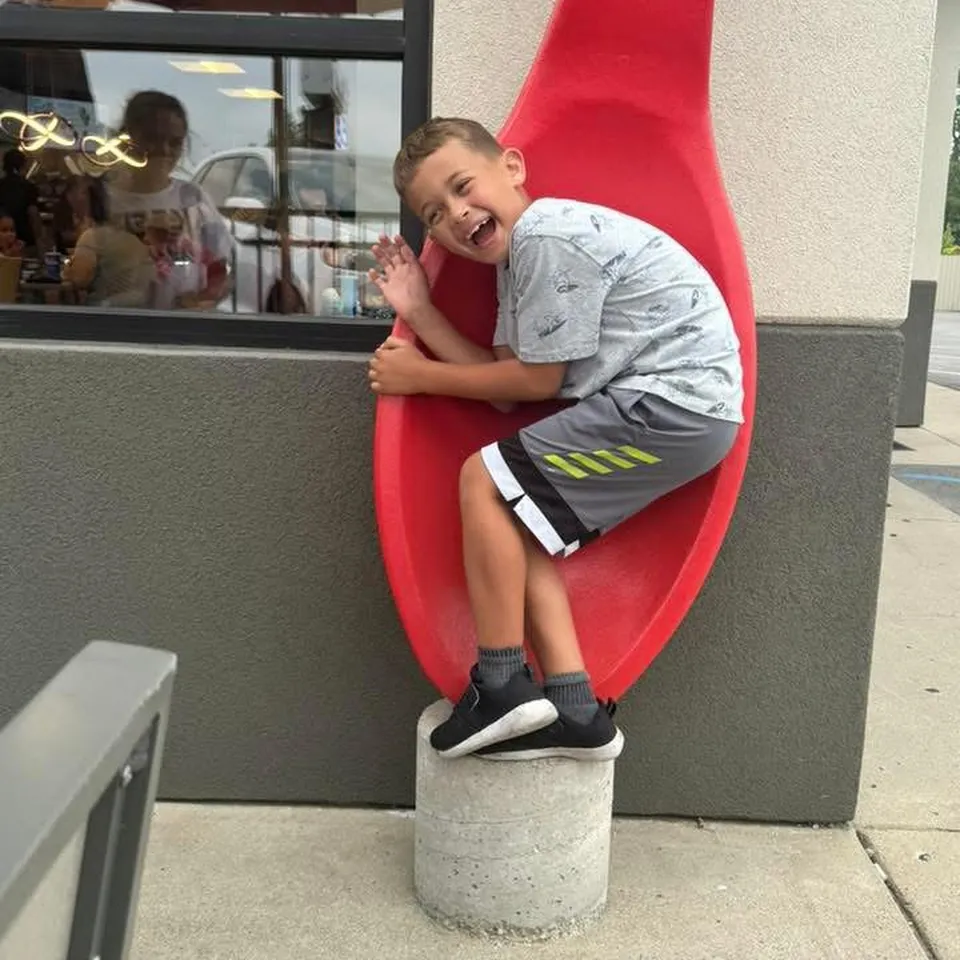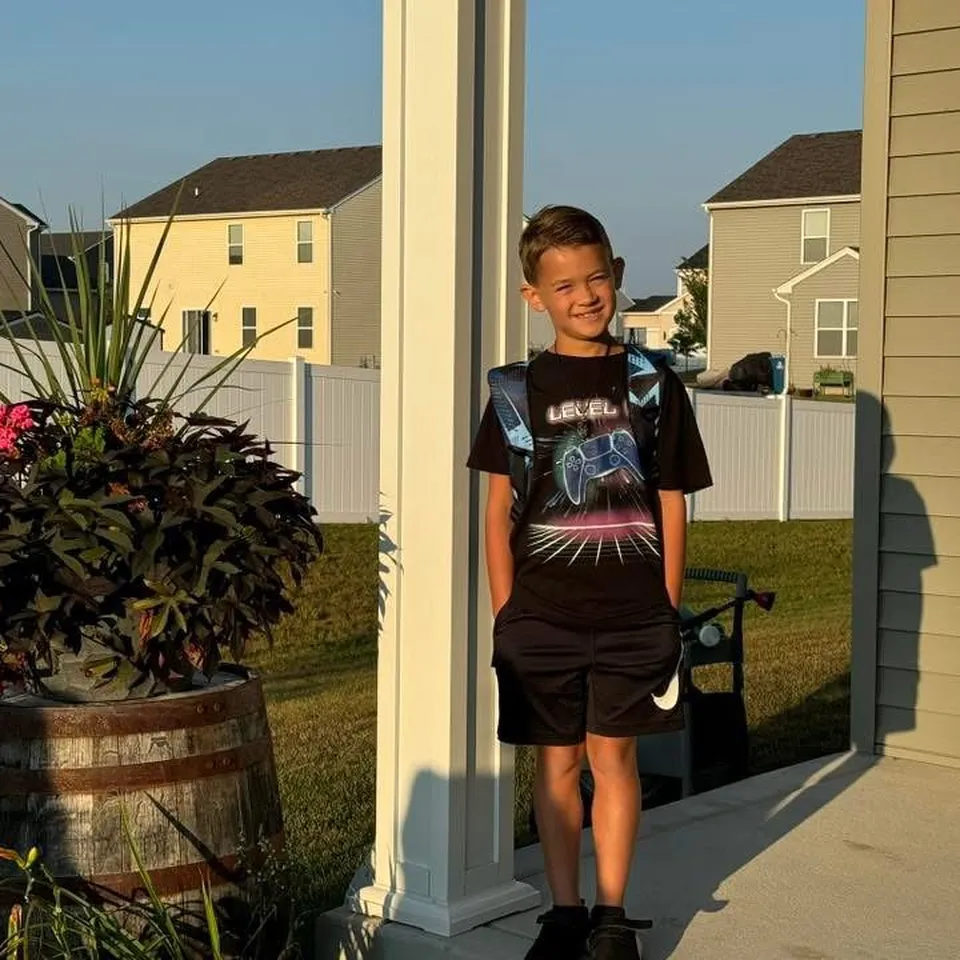Boy, 8, Suddenly Dies Just Hours After Catching Infection as He Complained About One Symptom
Last updated on
Every parent knows the routine. A child comes home from school complaining of a headache, and you reach for the children’s pain reliever, suggesting some rest. It’s such an ordinary part of childhood that most families barely give it a second thought. But for one Indiana family, what seemed like the most common of childhood complaints became the beginning of an unimaginable nightmare. Within 24 hours of that single symptom, eight-year-old Liam Dahlberg would be gone, claimed by a bacterial infection so aggressive that modern medicine couldn’t save him. Liam’s story serves as a stark reminder that sometimes the most ordinary symptoms can mask extraordinary dangers. What his mother initially dismissed as a typical childhood ailment was the first sign of a bacterial invasion that would prove unstoppable once it began its deadly march through his young body. As vaccination rates decline across the country and parents debate immunization policies, Liam’s death has become a rallying cry for those who understand just how quickly preventable diseases can turn fatal. His mother’s grief has transformed into a desperate mission to ensure no other family endures what hers did.Just Another School Day That Changed Everything
Doctors Deliver the Unthinkable Diagnosis

How 24 Hours Became a Countdown to Death

Mother’s Heartbreaking Final Moments with Her Son
No parent should ever have to decide to remove their child from life support, but that’s precisely where Ashlee found herself less than a day after Liam first complained of feeling unwell. Medical staff had done everything possible, but the infection had caused irreversible damage to his brain. “I would never wish this kind of pain on my worst enemy ever. It’s hard,” Ashlee said through tears. “To have sat there and listened to the doctors say, ‘You did everything right, there’s just nothing we could do,’ to lay there with him as they took him off life support, I can feel his little heartbeat fade away — there’s no words that can describe that pain.” The medical team’s words offered little comfort to a grieving mother. Despite following all recommended healthcare guidelines and seeking treatment as soon as symptoms worsened, there had been nothing anyone could do to save Liam once the infection reached his brain and spinal cord. In those final moments, Ashlee held her son close, feeling his heartbeat gradually slow and then stop. The child who had filled their home with laughter and energy was gone, claimed by a bacterial infection that most people had never heard of.Vaccination Couldn’t Save Him from an Unvaccinated Classmate

Before Vaccines, This Bacteria Was a Child Killer
To understand the true magnitude of this tragedy, it’s essential to recognize the devastating impact of Hib infections before vaccines became available. Dr. Yancy recalls the pre-vaccine era as “absolutely devastating,” explaining that “if it didn’t kill the children within a very short period of time, it left many of them with significant complications.” Before the Hib vaccine was introduced in 1985, approximately 20,000 children in the United States developed serious infections each year. About 1,000 of those children died, while many survivors were left paralyzed, deaf, blind, or mentally impaired for life. The vaccine’s introduction represented one of the most significant public health achievements in modern medicine. Infection rates dropped by more than 99% between 1991 and 2019, with only 0.15 cases of Hib disease per 100,000 children under the age of 5 reported by 2019. In 2024, fewer than 50 cases were reported nationwide—a testament to the effectiveness of vaccination in protecting children from this deadly bacterium.How Deadly Bacteria Hides in Plain Sight
What makes Hib particularly dangerous is its ability to exist harmlessly in healthy people while remaining capable of causing fatal infections in others. The bacteria commonly colonize the nose and throat without causing symptoms, creating a reservoir of potential transmission sources. Under certain conditions—such as a weakened immune system or concurrent viral infection—Hib can escape its normal boundaries and enter the bloodstream. Once in circulation, it gains access to organs throughout the body, including the brain and spinal cord, where it can cause devastating damage. Young children and elderly adults face the highest risk of developing invasive infections, partly because their immune systems may be less capable of containing bacterial spread. Even healthy, well-nourished children can develop life-threatening complications if exposed to sufficient bacterial loads.
Falling Vaccination Rates Put More Children at Risk
Liam’s death occurs against a backdrop of declining vaccination rates across the United States. Growing vaccine hesitancy, fueled by misinformation and distrust of public health recommendations, has created gaps in community protection that endanger vulnerable children. When vaccination rates fall below critical thresholds, herd immunity breaks down, allowing dangerous bacteria and viruses to circulate more freely through communities. Unvaccinated children become carriers who can transmit infections to others, including vaccinated children whose immune systems may not mount sufficient protection. Religious and philosophical exemptions to school vaccination requirements have contributed to declining immunization rates in many communities. These policies, intended to respect parental autonomy, can have deadly consequences for children who cannot be vaccinated due to medical conditions or whose vaccines fail to provide complete protection.Grieving Mother Launches Campaign to Protect Other Families

Why One Mother Blames Herself for the Unpreventable
Despite doing everything medical experts recommend, Ashlee struggles with feelings of guilt and failure. “I feel like I have failed my child because I could not protect him from everything that would cause harm,” she said, expressing the self-blame that many parents experience after losing a child to preventable disease. Her feelings highlight the cruel irony of vaccine-preventable deaths: even parents who follow all recommendations can lose children when community vaccination rates decline. Individual protection depends on collective action, making every family’s vaccination decisions a matter of public health importance. Liam’s death serves as a stark reminder that in our interconnected world, the health choices made by one family can have life-or-death consequences for others. As vaccination rates continue to decline and preventable diseases resurge, more families may face the unthinkable loss that has forever changed the Dahlberg family. Through her advocacy and willingness to share her story, Ashlee hopes to spare other parents the indescribable pain of losing a child to a disease that vaccines could have prevented. Her message is simple but urgent: protect all children by ensuring your own are fully vaccinated. Featured image source: GoFundMe (Support for William’s Medical Costs)Some of the links I post on this site are affiliate links. If you go through them to make a purchase, I will earn a small commission (at no additional cost to you). However, note that I’m recommending these products because of their quality and that I have good experience using them, not because of the commission to be made.




























 JOIN OVER
JOIN OVER
Comments